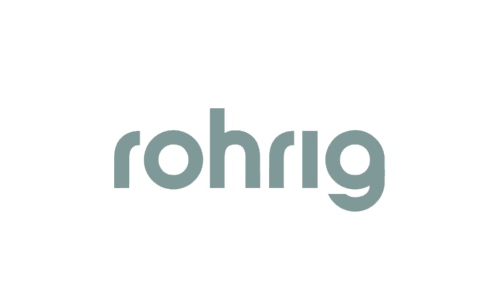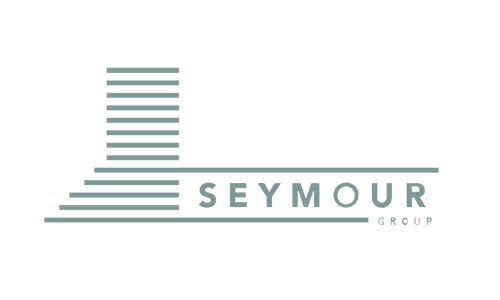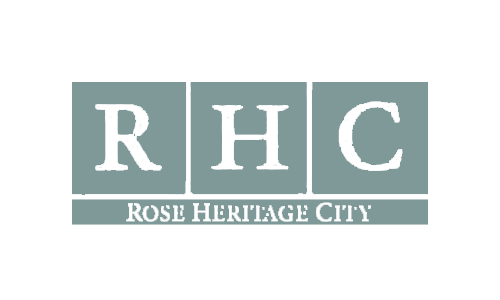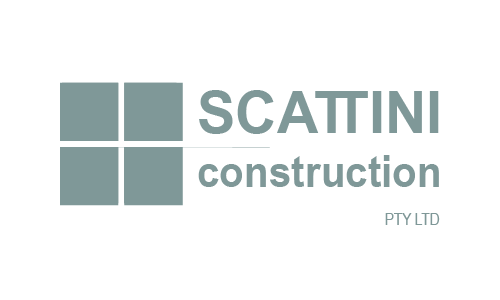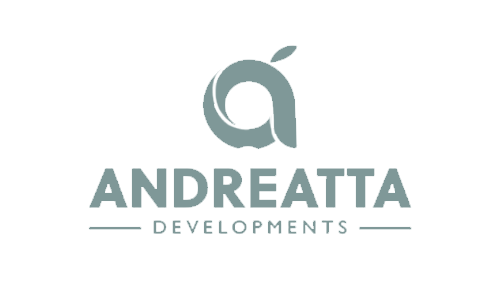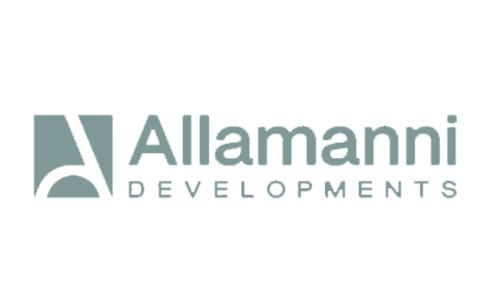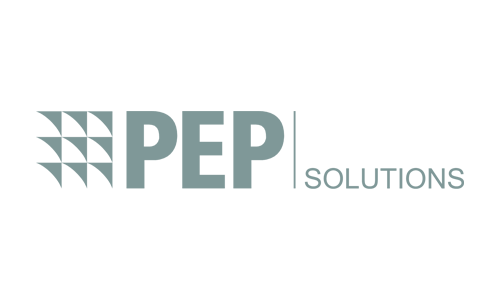nu .
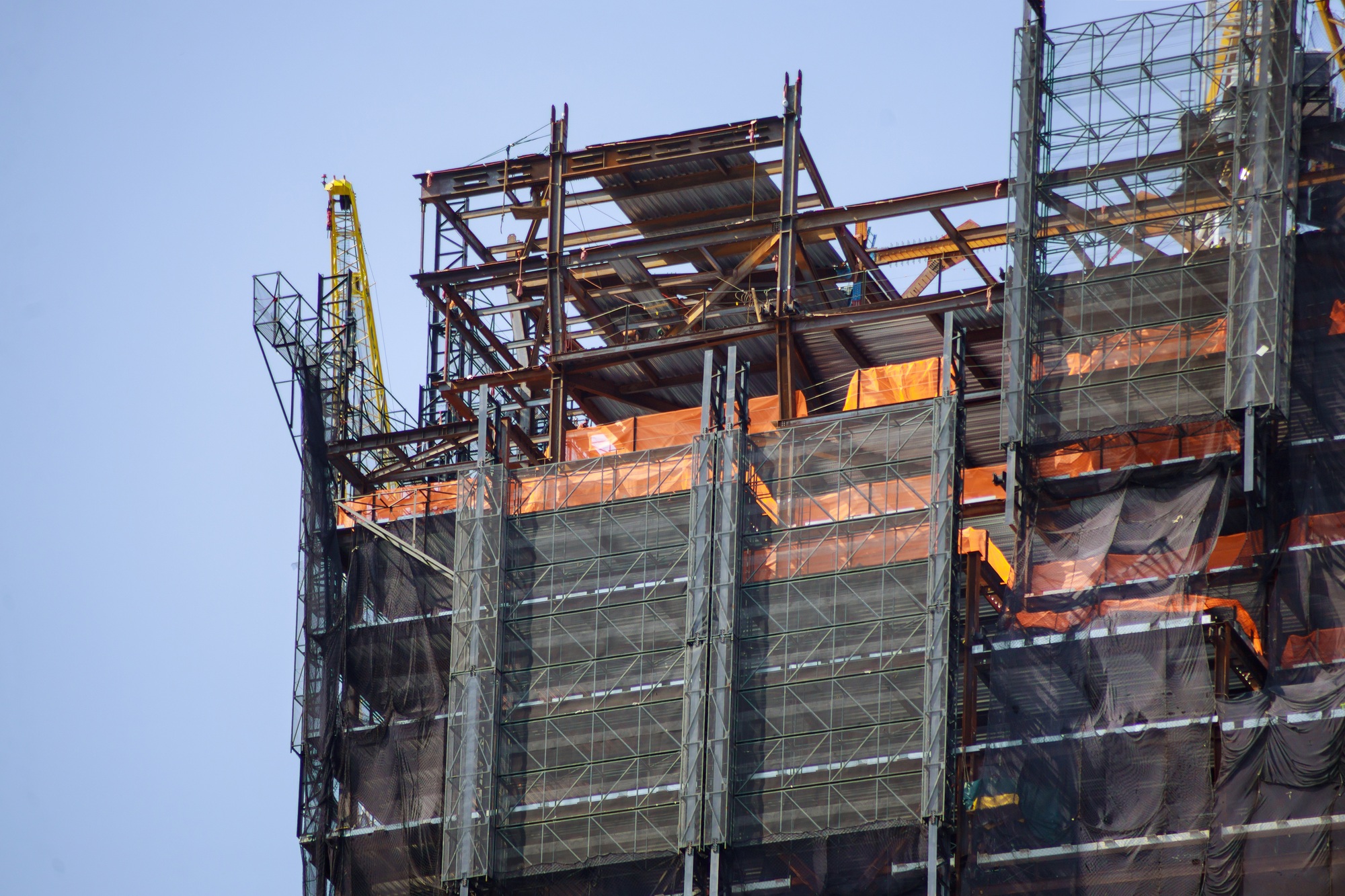
Melbourne June 2025 Commercial & Industrial Market Update
Melbourne’s commercial and industrial property sectors are navigating a complex but opportunity-rich environment in June 2025. While inner-city office stock continues to face leasing pressure, the industrial and logistics markets remain resilient, particularly in outer metro areas. Major projects in Cranbourne, Dandenong South, and Officer South are driving development activity, while mixed-use office campuses and life sciences infrastructure are gaining traction. Land availability, tenant preferences, and construction costs are shaping both risk and reward across the city’s commercial real estate landscape.
Outer Southeast Industrial Corridor Leading National Growth
Melbourne’s southeast corridor continues to dominate national industrial development. Large-format logistics, data centres, and last-mile distribution facilities are being delivered in stages across key precincts as developers seek scale, access, and energy infrastructure to support future uses.
Frasers and ESR have announced a $900M, 64-hectare estate in Cranbourne targeting e-commerce and advanced manufacturing
Officer South and Dandenong South are experiencing land shortages and record-high rents, especially for zoned, serviced blocks
Demand is strongest for 5,000–20,000sqm tenancies near arterials and with potential for solar and automation infrastructure
Industrial Yields Remain Competitive Despite Cap Rate Pressures
While national yield compression has plateaued, Melbourne’s industrial sector continues to attract capital — particularly for value-add and long-hold opportunities in emerging suburbs. Yields remain favourable compared to Sydney, driving increased interest from private groups and syndicates.
Average prime industrial yields sit between 5.0%–5.75%, with slightly tighter rates for pre-leased assets
Institutional buyers are targeting multi-site portfolios in Cranbourne West, Truganina, and Laverton North
Investors are focused on assets with flexible warehouse footprints, automation capacity, and ESG-linked infrastructure
Office Sector Rebalancing Through Mixed-Use and Life Sciences Projects
Melbourne’s CBD and fringe office sectors continue to evolve. While vacancy remains elevated, developers are pivoting toward mixed-use office projects that incorporate health, research, and education — delivering resilient long-term demand and diversified tenant mixes.
The Arden Precinct is progressing as a medical and life sciences hub, supported by infrastructure and planning overlays
In Macaulay, developers are repurposing older commercial buildings into hybrid office, studio, and medical precincts
Inner north suburbs like Northcote and Collingwood are leading the market for boutique commercial strata product
Northern Suburbs See Strategic Industrial Consolidation
The inner north remains a hotspot for industrial infill. Demand for small to mid-scale warehouse facilities continues to drive value growth, with private developers actively consolidating land for future redevelopment in precincts such as Northcote, Preston, and Coburg North.
A tightly held industrial site on Heidelberg Road in Northcote sold for $5.5M following a competitive campaign
Owner-occupiers and developers are targeting 2000–6000sqm lots with street access and high-clearance capability
Strata industrial and trade sales remain active, supported by strong owner demand and low modern stock levels
Western Suburbs Maintain Bulk Distribution Dominance
Melbourne’s western corridor, especially Truganina and Derrimut, remains essential to national logistics. Despite construction slowdowns, build-to-suit activity continues, and national brands are extending leases or relocating to newer facilities with sustainability upgrades.
Truganina continues to support multi-tenant logistics campuses, often delivered in staged rollouts
Major users are focused on facilities with energy efficiency ratings, embedded solar, and dual-access design
Land is becoming scarce west of the Princes Freeway, pushing developers toward greenfield and rezoned options further north and south
Commercial Developers Shifting Toward Mixed Precincts
The next wave of Melbourne commercial growth will come from integration — office, industrial, health, and retail all functioning within one location. With high land costs and tenant expectations rising, precinct-based planning is now the preferred model for developers and investors.
Precincts like Williams Landing are being developed with A-grade office, retail, health, and education assets in a single town centre
Demand is increasing for locations that offer public transport, fibre connectivity, and co-located amenity
Developers are exploring hybrid assets with dual revenue streams, particularly in growth corridors with strong catchments
How Commercial Property Marketing Can Help
At Commercial Property Marketing, we help developers and agents unlock the value of every precinct — from Melbourne’s outer southeast to inner-suburb strata. Whether you’re selling land, leasing a warehouse, launching an office tower, or repositioning a site, we create the visuals and strategy to accelerate your commercial outcomes.
Get a free quote
Whether you’re selling land, securing approvals, or launching a campaign — we’ll help you visualise it clearly and move faster to market. Fill out the form below and we’ll send through a free tailored quote for your next commercial or industrial development.


